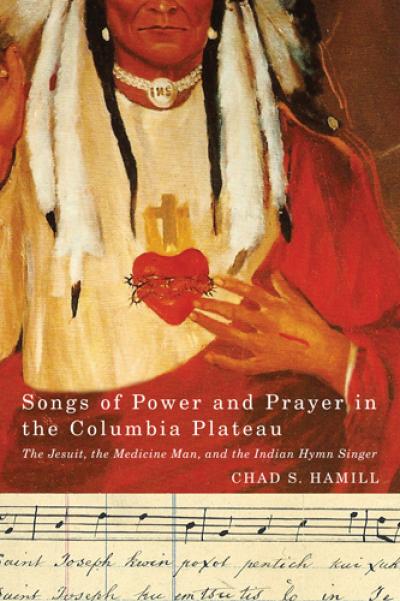
We are pleased to have OSU Press intern Jessica Kibler finish up our week of blogging as part of the University Press Week blog tour. A complete blog tour schedule is available here. The week's posts are highlighted, with links, at AAUP's blog.
 My year as the George P. Griffis Publishing Intern at Oregon State University Press is somehow already nearing its end, and I’m incredibly thankful for the opportunity to work in such a welcoming and learning-filled environment.
My year as the George P. Griffis Publishing Intern at Oregon State University Press is somehow already nearing its end, and I’m incredibly thankful for the opportunity to work in such a welcoming and learning-filled environment.
Over the past year I've sat in on editorial board meetings, created digital excerpts of books, and was able to travel to Chicago for the Association of American University Publishers' annual meeting. At AAUP, I learned about new tools in digital publishing and talked to countless people who clearly love what they do.
One of the sessions I attended was Best Practices in Editing, which not only emphasized the importance of publishers—particularly university presses!—in the midst of the rise of self-publication, but also suggested different digital tools to increase the ease of editing in a market that is shifting heavily towards digital.
I’ve been a reader my whole life, and I can’t think of many things I love more than a well-made paper book, so the influx of e-readers has been a tough adjustment for me to accept. However, I’ve learned that the possibilities of what digital tools can add to a reading experience are endless. A few months back I read Rolling Stone contributing editor Rob Sheffield’s Talking to Girls About Duran Duran: One Young Man’s Quest for True Love and a Cooler Haircut. The book is a memoir of his coming-of-age, but is separated into chapters titled by names of various songs in the 1980s—songs of his youth. When I would reach each chapter while reading the book, I would grab my laptop and head to YouTube to listen to the song—whether I had heard it before or not—to give myself context, for in each chapter he would explain how the titular song related to and played an important role in an aspect of his life. Upon finishing the book, I was grateful for the small bit of extra work I put in, and it opened my eyes to the wonderful possibilities that technology has allowed for in the literary world, too.
Similarly, OSU Press recently teamed up with First Peoples: New Directions in Indigenous Studies on Songs of Power and Prayer in the Columbia Plateau: The Jesuit, the Medicine Man, and the Indian Hymn Singer by Chad Hamill. The book features notations of various hymns which the reader can now listen to clips of on the book’s website, along with recordings of hymns that were not mentioned in the book. While the influence of the Internet on book publishing is complicated, the abilities it has to bridge the reader to the content itself is exciting, especially for the scholarly works often published by university presses.
The sessions I chose to attend at AAUP were largely focused on how technology can help to advance a field so often seen as the antithesis to it. Digital content was a frequent topic of discussion and theme of panels, from e-book formatting, to promotional tools like the now-ubiquitous usage of video trailers for upcoming publications, to social media uses for marketing, to online-housed content meant to supplement and enhance the reading experience. I left the meeting with the sense that digital and physical publishing do not have to cancel each other out and that their ability to coexist can continue to create meaningful literary experience for readers.
My internship has cemented in my mind the importance of publishing houses, amidst a great present push towards self-publishing, for getting a book to the world in its best possible form. It’s shown me the value of a glance of a human eye over something pending publication, the various projects involved getting the word out about a new publication, and just how enjoyable it can be to show up at the office with co-workers who really care about what they do and are simultaneously incredibly hard-working and down-to-earth.
One of the most important things I have taken away from the AAUP conference and my time at the Press is how university presses give ease to sharing information; oftentimes, books published by university presses are books that wouldn’t appeal to a big publishing house with a high selling quota, but they are still able to exist because of university presses. I have a stack of recently published books on my desk at the Press that includes titles about land use, Oregon governmental history, and Indigenous music, to name a few. This breadth of knowledge and the ability to share it with the world is one of the most beneficial things about the existence of university presses. And, coming from a girl whose room is filled with dog-eared and underlined pages, more books and more learning—whether from paper or e-reader screen—can never be a bad thing.
Jessica Kibler, George P. Griffis Publishing Intern at Oregon State University Press (2011-12)
Related Titles

Songs of Power and Prayer in the Columbia Plateau
Songs of Power and Prayer explores the role of song as a transformative force in the twentieth century. It traces a cultural, spiritual, and musical...
